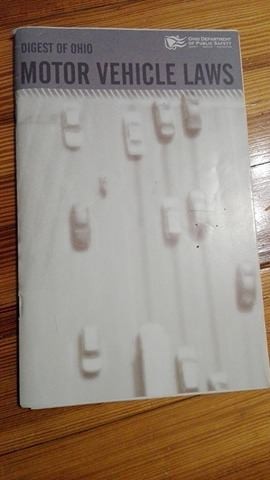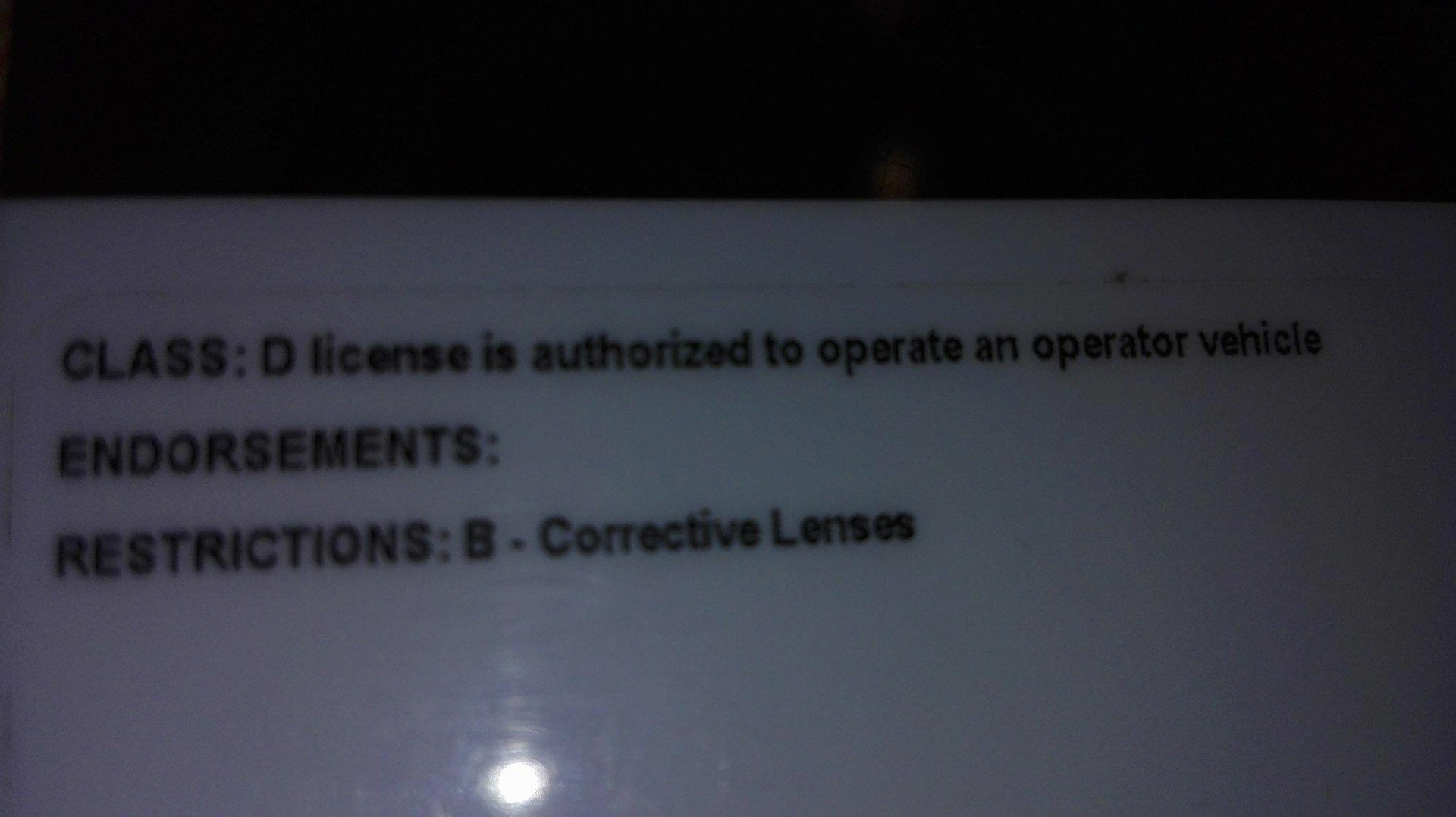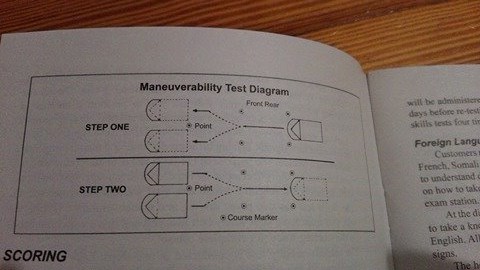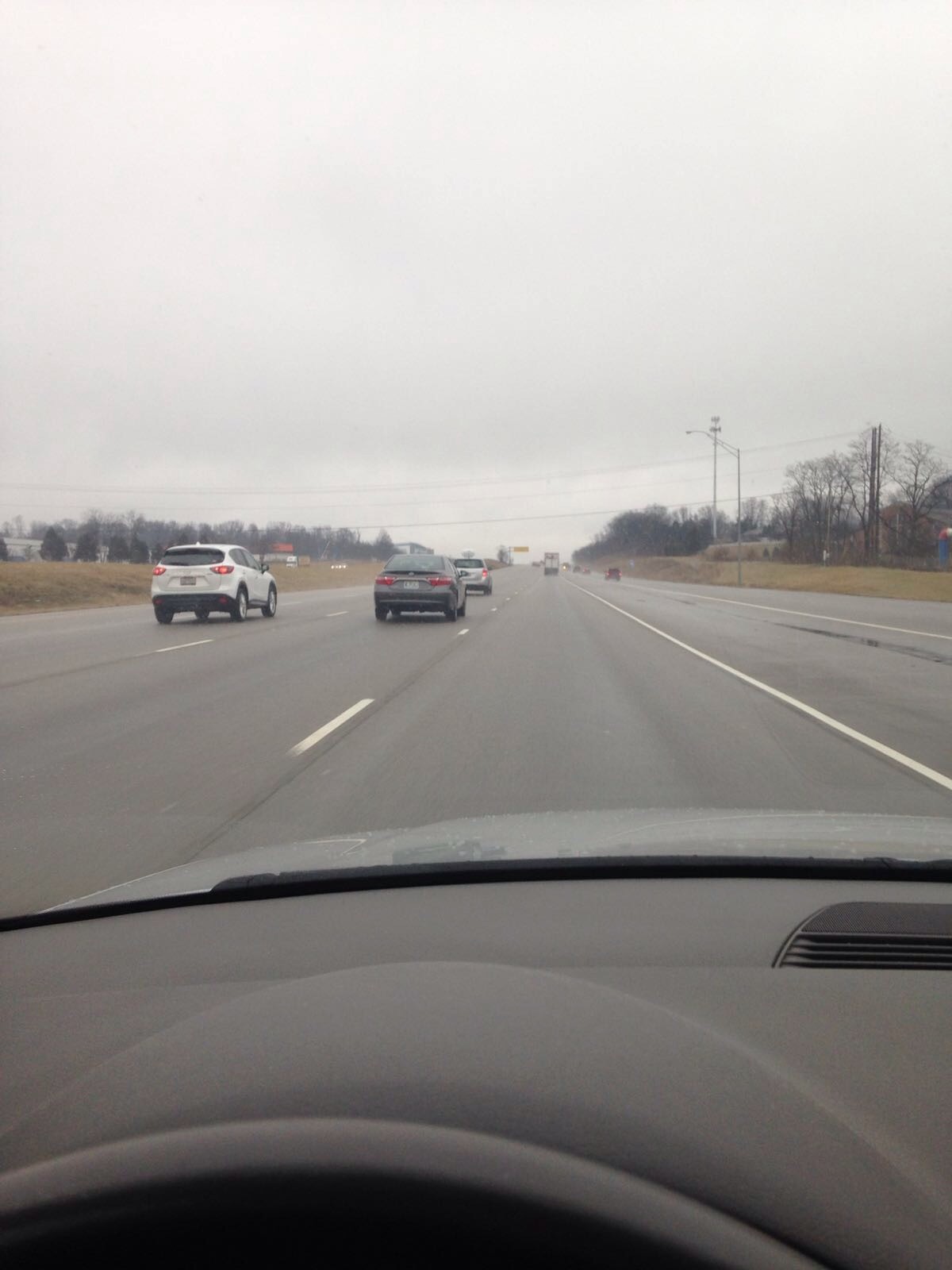(Re)doing my drivers license in the state of Ohio
Driving in the United States of America
Each state in the United States of America has different traffic laws and policies for driving. If you are planning to drive here in the United States, you have to make an international driving license in your home country before you depart for the States, and it will cost you about thirty euros, depending on the country.
In Ohio, you can drive with the international drivers license for three months only, and if you are planning to stay longer, you have to take both the written and the actual driving test.
I did my (first) driver’s license when I was eighteen, which means that I have been driving for more than five years, and yet I was very nervous before taking my tests here in the States. I hope that does not make you think I am a bad driver, but I simply did not know what to expect. I guess I thought they will treat me differently because I am a foreigner. Well, I have soon realized that I have seen too many American movies. I passed both tests on the first try, and I could not be happier.
So, how did the whole process look like? And more important, how difficult is it to drive in the States if you are used to European roads?
When I arrived to Ohio, I had to start driving straight away, because this is a part of my job here. And I was able to drive on my international driver’s license, but I knew that I will have to take the tests eventually. And I decided that it is better to do it soon and not procrastinate. Because I know that the longer I waited, the more nervous I would be.
Another one of the reasons why I wanted to get an Ohioan drivers license as soon as possible, were all the horror stories I heard about people with international drivers license being pulled over and the police officers not accepting or recognizing the international drivers license. Which I kinda understand, since my international drivers license is in my mother language and there is a translation in French, not English.
So, the first thing that I did, was go to the nearest BMV office (Bureau of Motor Vehicles) to get the book of driving rules and laws, which is the best resource for studying road rules and traffic laws in the state of Ohio.
Yes, traffic laws here vary from state to state, so if you are ever doing a road trip through multiple states, it is worth researching a little about traffic laws in each of the states you are visiting. Because, after all, what might be completely legal in one state, could be a major traffic violation at another state.

The good thing is that you do not have to pay for it. The book is about seventy pages long, and it contains a lot of information. Too many, if you ask me. For example, why on earth do I need to know that I can take a deer carcass home with me if I hit a deer? Not everything in that book is as funny as that, but good to know, I guess. You are not required to study from that book, but I cannot imagine how anyone could pass the test without studying.
The good thing is that you do not need an appointment neither for the written nor for the actual driving test, and you can do both of them on the same day! Well, except if there is a lot of people, they might tell you to come back tomorrow, but that rarely happens.
I was one of those people who had to come back the next day for the driving test because I was doing it in August and they told me this is the time of the year when most kids decide to do it as well. I am saying ‘kids’ because in the United States, you are allowed to drive once you are sixteen years old. I am just a little jealous, I admit it.
So, after two days of studying weird and funny traffic laws, for example the one with a deer; or, turning right at the red light is completely legal, what the hell – I am still getting used to that one, I was confident enough to go and take the written test. The funny thing is that you can actually find the sample tests online to practice, but the questions are totally different on the actual test.
When I was doing my written test in my home country, I just memorized all the questions on the web page – they were the same as on the real test. So if you are doing your driver’s license here in Ohio, please do not rely on the online tests only, you actually have to try and study at least a part of the materials in the book! If you want to pass the test, that is.
So, when I arrived to the exam place, there was a very intimidating looking officer, who checked all my documents (passport, visa and visa papers, proof of address in Ohio, bank account statement and Social Security number), and asked me some questions, such as: am I addicted to drugs or alcohol, have I ever gotten a speeding tickets and similar stuff.
Then, he checked my eyesight. I wear glasses because I am near sighted, and therefore I have a restricted drivers license. Do not ask me why, and do not ask me about the difference between an ordinary license and the restricted one – they are the same.
But in case you wear glasses or something else is ‘wrong with you’, there will be a small sign on your driver’s license that says ‘restricted’. Another difference that you will notice on American drivers licenses, is the category. In my country, a regular drivers license is category B. In the United States, it is category D.

This is how the 'Restrictions' section looks like on my drivers license.
Then, he pointed to a computer where I will be taking my written test. The written test in the state of Ohio consists of 40 questions and to pass it, you are supposed to answer 75 percent of all the questions right, which is thirty or more right answers. What is awesome about the test is, that if you are unsure about the right answer, you can skip the question and it will pop up again at the end of the test.
But you can only do this for five questions. What bothered me about the test, is that you are doing in on a touch screen computer, and it is not very responsive. It happened to me (luckily only once) that I clicked on ‘next question’ and the computer did nothing, so I pressed it again and it just skipped the next question and counted it as a wrong answer. But, at the end, I passed with 38 correct answers. Like a pro.
You do not have to pay for the written part of the test, and when I was done, I had to go back to the officer and he told me to come back the next day for the driving test. So I did. The driving test itself consists of two parts. One of them is manoeuvrability and the other one is the actual driving.

Manoeuvrability test diagram.
Let me just say: do not be too nervous for the driving test. Before I did it, quite a few people told me that you just drive around the block and, if you do not kill anybody with the car or crash, you pass. And it is true.
The driving itself literally took five minutes, and what made me most nervous was that the examiner did not talk at all, she was just writing all the time on a piece of paper and the paranoid part of me thought she was writing down all the mistakes I made. At the end, I realized she had to map the course and describe all the turns and stops that I had to make.
The only thing the examiner warned me about during my driving was my, in her words, 'excessive use of turn signals'. In Europe, if a car is parked on the street and you want to pass around it, you obviously show your intention with a turn signal. Here, parking on the streets is extremely common, and you apparently do not need to indicate your turn in that case.
Second part consists of showing how good you are at parallel parking. You have to drive backwards in between a few cones, simulating parallel parking and if you knock over a cone, you fail the test. Luckily, I passed, even if I am terrible at parallel parking in real life and I am trying to avoid it like plague whenever I can. They also deduct points if you are not completely parallel with the cones and stuff like that.
After I was done with the test, I went back inside the building, where they printed my shiny new American drivers license. After I paid for it, of course. It costs less than thirty dollars and, unlike in Europe, you do not have to bring a picture with you. They take your picture there and you will look terrible on it. They will also ask you if you are an organ donor or if you would like to become one, and if you would like to donate a dollar to a local organ and tissue center.
You might hear people saying: 'If you can drive in Europe, you can drive elsewhere too! '. It is true, but mainly in theory. For example, my hometown has two hundred (yes, 200) people and it only has single lane roads. Now imagine moving somewhere where most roads have two lanes and highways have at least four! I admit it, it was very strange at the beginning, but the more you drive, the easier it becomes.

At the beginning, this road seemed very wide to me. Since I came to the United States, I drove on much wider ones!
The key differences between Europe and USA driving
The main differences I noticed so far are the following:
- Speed limits are in miles per hour, not kilometres per hour, and they are a little lower than in Europe.
- It is legal to turn right on red light in most intersections (I already mentioned that one, but it is weird enough to deserve being mentioned again).
- In my country, traffic lights are situated on the right side of the road. In United States, they hang above the road.
- Most cars here have automatic transmission. Before I came to the United States of America, I was saying that manual transmission cars are awesome and automatic transmission cars are for lazy people, but now I cannot imagine transitioning back to manual transmission.
After reading all this, are you ready to drive in United States? It sounds more intimidating in theory, because if you drive on a daily basis, you have nothing to be scared of.
A few words for the end...
I wrote this blog post almost six months ago. At this point, I have been driving in the United States of America for almost two years. And I feel like I just have to compare some of the important things that I have noticed. The thing that I like the most about the American drivers, is that they are much more forgiving when you are, for example, on the wrong lane.
If you did that in my country, there is no way that a person behind you will let you in front of him. Well, I am glad that the story is different here because at the beginning, I had some serious problems with adjusting to roads with five or more lanes.
Another positive thing worth mentioning is also the fact that people here in general use the turn signals more. Of course, there are some exceptions, like always, but in general, I like driving in the United States of America much more than back at home.
Photo gallery
Content available in other languages
Want to have your own Erasmus blog?
If you are experiencing living abroad, you're an avid traveller or want to promote the city where you live... create your own blog and share your adventures!
I want to create my Erasmus blog! →







Comments (0 comments)